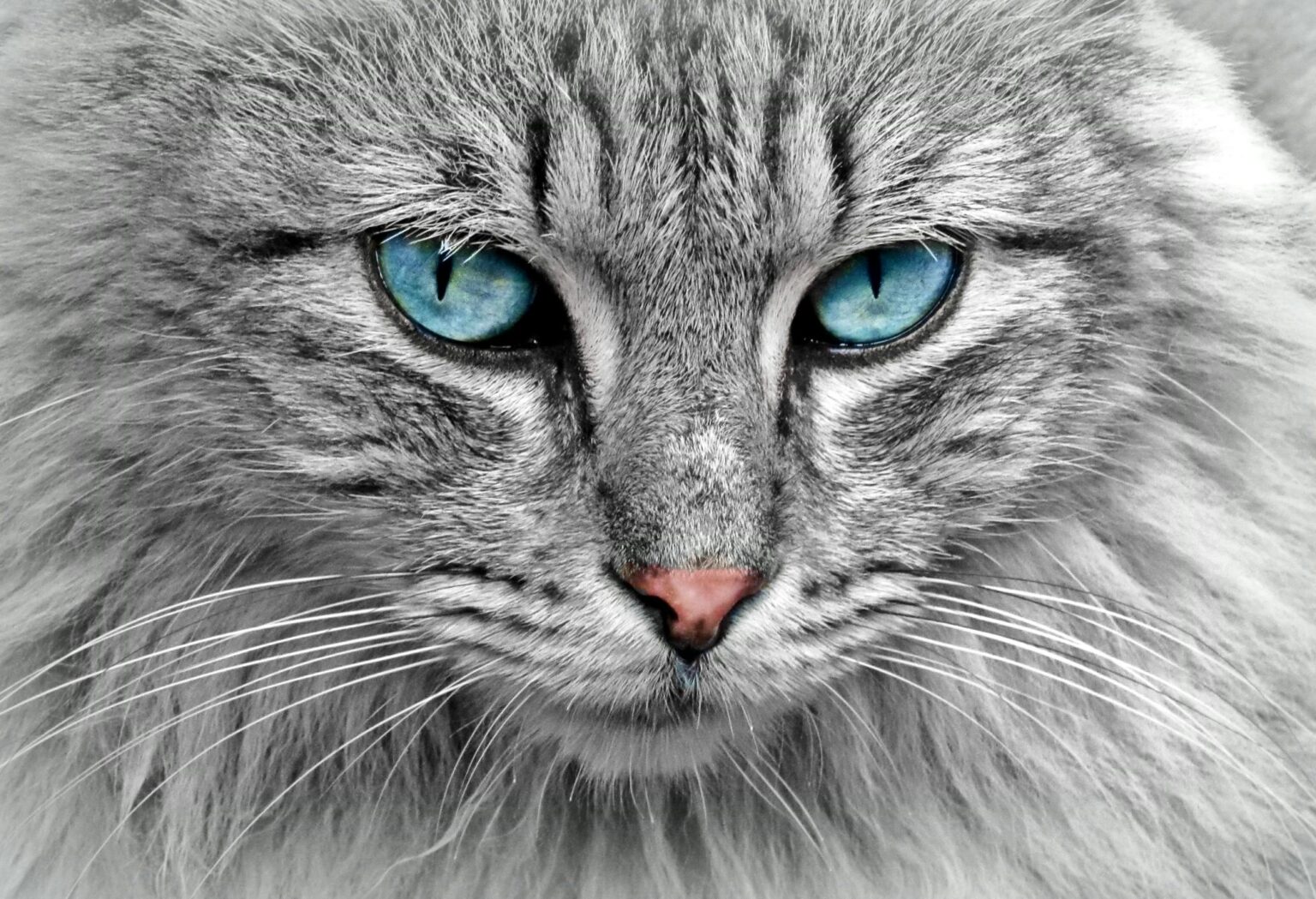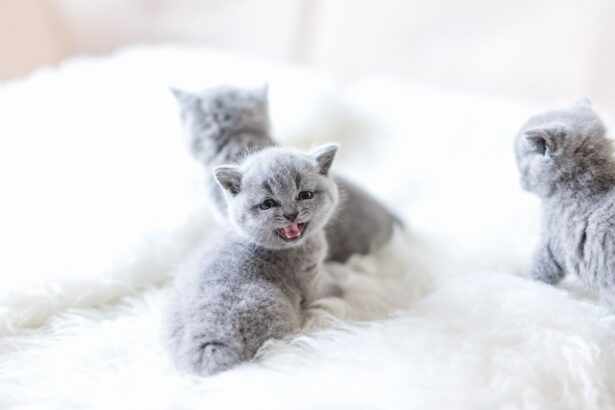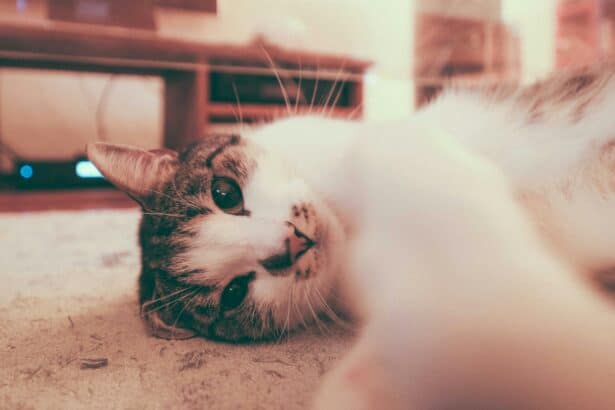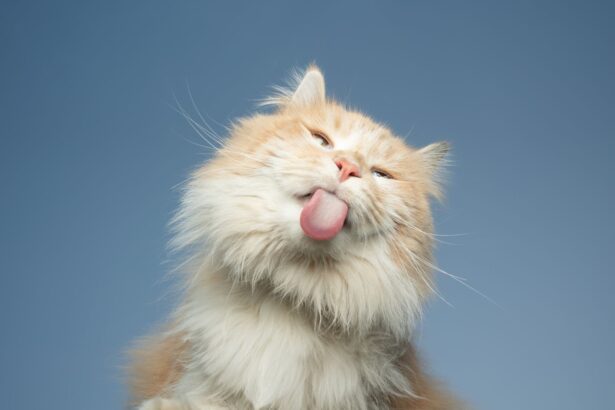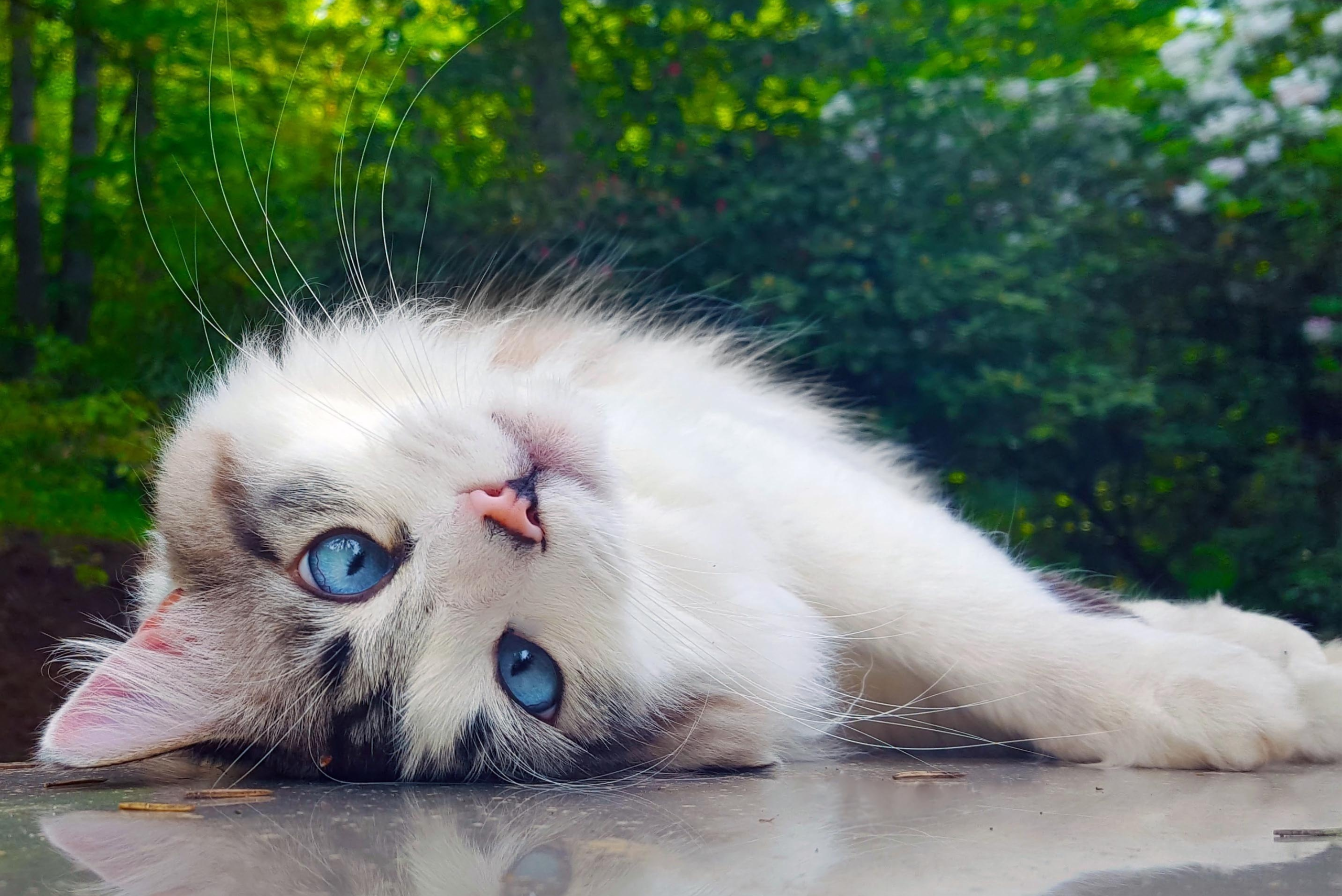Introduction: The bewitching charm of the Siberian cat
The Siberian cat is a fascinating feline that has captured the hearts of cat lovers with its distinctive features and endearing temperament. This comprehensive guide aims to provide owners and future owners with all the information they need to better understand the Siberian cat, its characteristics and specific needs. You’ll discover not only the history of this majestic breed, but also its physical attributes, unique character and lifestyle requirements. Whether you’re already an enthusiast or simply curious, this enriched article will reveal everything you need to know about the Siberian cat.
- Introduction: The bewitching charm of the Siberian cat
- 1. History and origins of the Siberian cat
- 2. Physical characteristics of the Siberian cat
- 3. The Siberian cat’s unique temperament
- 4. The optimum lifestyle for the Siberian cat
- 5. The Siberian cat: a hypoallergenic animal?
- Conclusion: The Siberian cat, a noble and loyal companion
1. History and origins of the Siberian cat
The ancient roots of the breed
The Siberian cat is one of the world’s oldest breeds, with its earliest traces in Russia dating back several centuries. From its earliest days, this feline was highly prized by Russian royalty and nobility, not only for its particular beauty but also for its excellent hunting skills. It is often mentioned in tales and legends as a companion of peasants and aristocrats. Its history is closely linked to Russian traditions and culture, making it an international symbol of feline refinement and natural robustness.
Evolution and preservation
Over the centuries, the Siberian cat has evolved while preserving its essential characteristics. Despite numerous environmental challenges, the breed has been able to adapt and preserve itself thanks to its natural qualities. The Siberian cat’s arrival in Europe and America is relatively recent, but it quickly gained in popularity thanks to its exceptional qualities. Today, it is recognized by numerous international cat associations, helping to promote and preserve this magnificent breed.
A cat from the cold lands
Originally from the vast Siberian forests, this hardy cat has developed a robust constitution to cope with the region’s harsh climatic conditions. This adaptation can be seen in its dense coat and robust physical features. Siberia’s harsh climate has played a crucial role in its natural selection, strengthening its immune system and conferring extraordinary resistance. As a natural survivor, the Siberian cat is equally at home in more temperate environments.
Environmental adaptation
Siberians have a unique ability to adapt to diverse environments. Their ancestors lived in dense forests where they learned not only to hunt, but also to climb and jump with remarkable agility. This adaptability can be seen in their everyday behavior, making them determined and active companions who seem undeterred by anything.
2. Physical characteristics of the Siberian cat
A robust and elegant morphology
The Siberian cat is known for its imposing stature, with an average weight ranging from 4 to 9 kilos. Its morphology is both powerful and graceful, giving it a majestic appearance. The broad skull, with slightly rounded, well-spaced ears, gives an impression of both strength and gentleness. The eyes, often intense green, add to the intelligent, alert expression of this extraordinary feline.
Skeleton and musculature
The Siberian’s skeleton is solid, supported by a dense musculature that enables it to move with elegance and power. This robust frame is not only aesthetically pleasing but also functional, capable of withstanding the physical challenges that nature imposes. The hind legs are slightly longer than the front ones, facilitating powerful leaps and unrivalled agility.
Proven fur
Featuring a thick, triple-layered coat, the Siberian cat comes in a variety of colors and patterns. This coat plays a crucial role in protecting them from extreme temperatures and bad weather. The coat’s three layers – a waterproof outer layer, a softer middle layer and a dense subcutaneous layer – provide formidable insulation against the cold. This distinctive coat requires regular maintenance to keep it in optimum condition, avoiding knots and ensuring its natural shine.
Colors and patterns
The Siberian cat’s color palette is vast and varied, ranging from pure white to the darkest brown, with tabby, solid or bi-color patterns. This diversity is the fruit of centuries of natural cross-breeding, which has maintained genetic variety while accentuating the breed’s beauty. This variety is not only a feast for the eyes, but also a testament to the breed’s rich genetic history.
3. The Siberian cat’s unique temperament
A social and affectionate companion
Warm and friendly, Siberians adapt well to family life. It is renowned for its sociability, both with humans and other animals, making it an excellent choice for lively homes. Its affectionate nature often manifests itself in a desire to stay close to its favorite humans, enjoying moments of tenderness and cuddling. However, he also knows how to be independent, which is a perfect balance for many owners.
Social interaction and behavior
The Siberian cat loves to interact with those around it, often taking part in family activities. Whether it’s playing, chasing a flying feather or simply observing, they love to be involved. This constant interaction strengthens the bond between the cat and its family, making it an integral member of the household.
Intelligence and curiosity
Curious by nature, Siberian cats love to explore their environment. Their marked intelligence requires mental stimulation, which you can satisfy with interactive games and fun learning tricks. Their eagerness to learn and discover is unfathomable, making every day a new adventure. He’s also known for his impressive memory, remembering details and people even after long absences.
Enrichment and games
To satisfy this thirst for knowledge, owners are encouraged to introduce various forms of games and puzzles, stimulating not only the body but also the mind of the Siberian cat. Regular play sessions and mental challenges, such as food-dispensing toys, can help prevent boredom and promote optimal mental and physical health.
4. The optimum lifestyle for the Siberian cat
Diet and nutritional requirements
To maintain health and vitality, it’s essential to provide your Siberian cat with a protein-rich diet. Choose high-quality foods to meet his special needs. As a strict carnivore, his diet should consist mainly of meat and fish, ensuring a sufficient supply of essential nutrients such as amino acids, fatty acids and vitamins to maintain his dense coat and energy levels.
Food selection
Opt for foods specially formulated to meet the needs of large cats, taking into account their high energy activity. It’s also wise to consult a veterinarian regularly to ensure that your cat’s diet remains balanced and adapted to his age, weight and activity level.
Environment and exercise
Providing an adequate space, enriched with toys and climbing structures, is crucial to meeting the cat’s need for exercise. It’s also a beneficial approach to preventing potential health problems in cats. A home environment that stimulates his natural hunting instinct can provide an exciting and rewarding challenge for him, preventing obesity and boredom.
Climbing and exploration structures
Cat trees, tunnels and hanging toys are excellent ways to motivate your Siberian cat to stay active and engaged. These tools enrich his daily life and encourage a healthy lifestyle. What’s more, devoting time to interactive play sessions with your cat can strengthen your bond while helping him expend his energy.
5. The Siberian cat: a hypoallergenic animal?
Truths and myths about hypoallergenicity
Although no cat is totally hypoallergenic, the Siberian cat produces less Fel d 1, a protein responsible for allergic reactions. This often makes them more tolerable for some allergy sufferers. However, it’s best to live with a Siberian for a while before making a final decision. A stay test is essential to assess the potential allergic reaction before committing to a long-term adoption.
Understanding cat allergies
It’s important to understand that allergies come not only from fur, but also from dander, saliva and urine. Adopting a Siberian cat should be carefully considered, taking into account the comfort and tolerance levels of each family member. Consulting a health care professional for specific advice may also be wise to assess the associated risks.
Conclusion: The Siberian cat, a noble and loyal companion
In short, the Siberian cat is an ally of choice for those looking for a balanced, affectionate companion with exceptional physical qualities. Its rich history, resilient nature and social interaction make it a valuable addition to any household. Feel free to share your experiences or questions by commenting on this article. For more tips on adopting and caring for a cat, check out our cat adoption and breeding guide. The journey with a Siberian cat is full of discoveries and joys, making every day an enriching adventure for its owner.


